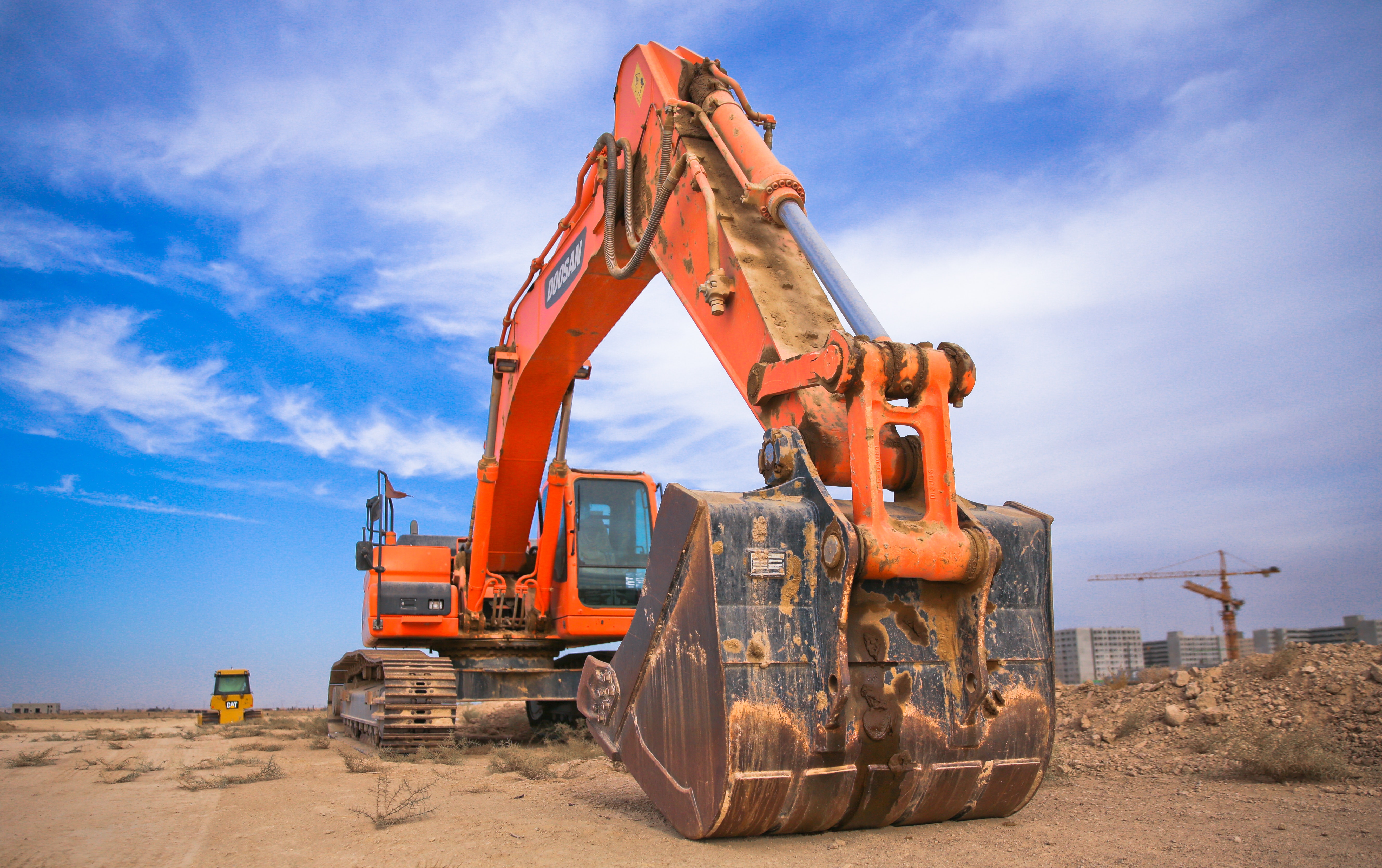 Capturing accurate equipment information is a daily challenge for contractors. Data collection and analysis has traditionally been a manual process, and many times information would slip through the cracks. This often led to equipment being poorly maintained, overused or even retired before necessary.
Capturing accurate equipment information is a daily challenge for contractors. Data collection and analysis has traditionally been a manual process, and many times information would slip through the cracks. This often led to equipment being poorly maintained, overused or even retired before necessary.
For contractors, maintaining a healthy equipment fleet is both vital for project success as well as being one of the largest capital expenses. For a contractor with a capital and operating budget of $10 million or more for heavy equipment, even a one percent savings on equipment costs could add hundreds of thousands of dollars directly to the bottom line.
In order to get a handle on equipment management contractors need to know the differences and relationship between ownership and operating costs, leverage the right tools and technologies to obtain accurate field data on performance and usage, then make data-driven decisions to optimize fleet management and maintenance.
Maximizing Equipment Productivity and Profitability
When equipment is purchased, there are ownership costs that occur regardless of how the machine is used. These owning costs are typically fixed annually and are based on the purchase price, interest, depreciation, licensing, insurance and taxes. As a machine ages, the incremental cost of ownership declines, due mostly to a slowdown in the rate of depreciation.
In contract, operating costs go up over time depending on how the equipment is used and maintained. As machinery ages, increases in fuel and oil consumption, routine maintenance and parts replacement and unexpected repairs occur.
There is typically a point of optimal return on investment, or “sweet spot,” as described by Dr. Mike Vorster, the David H. Burrows Professor Emeritus at Virginia Tech and head of the Construction Engineering and Management Program. This occurs when the increasing cost of operations begins to dominate the benefits of a decreasing cost of ownership for a machine. This is when the machine is the most profitable, but also when the incremental total costs of having that machine in your fleet begin to rise. Knowing where equipment stands in the fleet lifecycles can make a significant difference in knowing how each piece of machinery should be used on jobs, when to devote more resources to maintenance, and when to ultimately look to replace equipment to keep fleets productive in the field.
Making Smarter Equipment Decisions with Technology
Telematics, mobile applications for equipment data collection in the field and equipment capture technologies like Bluetooth and RFID are becoming more prevalent technology solutions used to get better insight into and control over equipment costs. These solutions can produce a ton of informative equipment data
However, most construction or financial managers don’t have the time to parse and crunch the data on field operational costs on their whole fleet without help. The good news is that there are software applications — many integrated into existing construction ERP platforms — that can automate and streamline these processes, allowing equipment managers to take large sets of data, parse and analyze them and create detailed reports. These applications help equipment managers know the real rates that should be applied to the use of all the machines in their fleet and have information on hand to help with the difficult decisions of when to sell, buy or rent. This data can also be used to update job cost estimates and projections, ensuring that accurate bids are created, and accurate job profitability is recorded.
If repair, maintenance, ownership costs and meter readings are diligently recorded for each piece of equipment, a company can accurately predict equipment lifecycles and optimal returns on investments instead of simply guessing. Creating historical data on the cost curves for owning and operating heavy equipment allows much more informed decisions about when to invest more in their fleet or when certain machines should be sold. Contractors can avoid the common problem of waiting too long to replace a piece of equipment. Using more informed data and metrics to create equipment benchmarks, they know when a machine will become more expensive to keep than it is worth.
Andy Holtmann is the Marketing Content and Public Relations Manager at Viewpoint Construction Software. Want to learn more about how to better manage your equipment through leading-edge technology, visit Viewpoint’s website to see a full range of solutions to improve your construction organization. This article was brought to you in part by Viewpoint.

Discussion
Be the first to leave a comment.
You must be a member of the BuiltWorlds community to join the discussion.